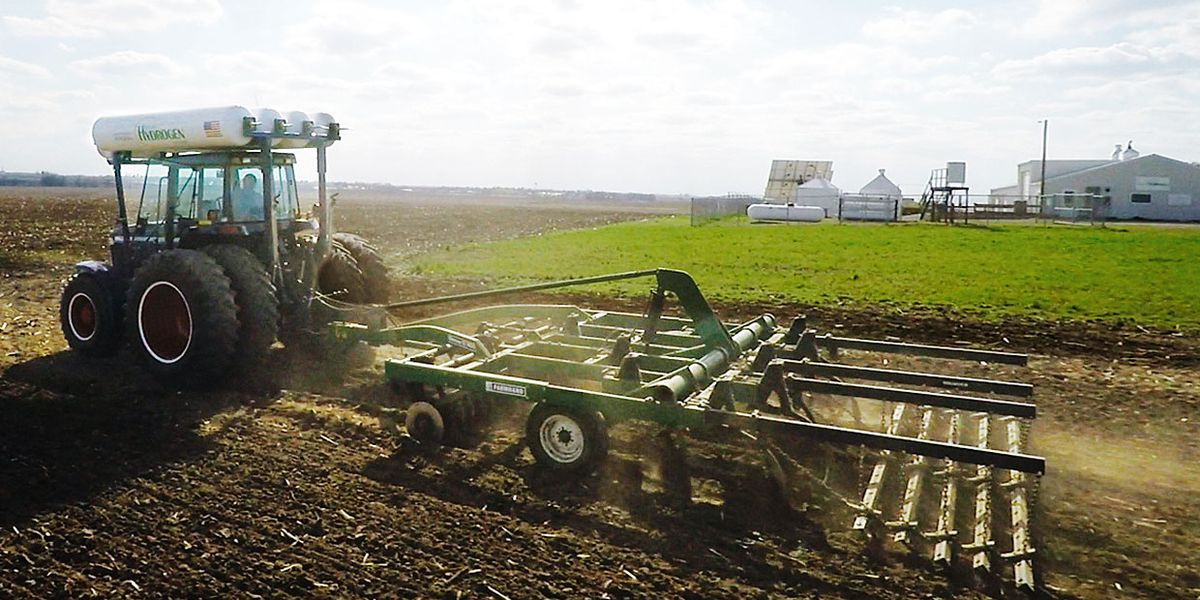This is a pretty dry topic, until one looks at the impacts of ammonia manufacture on the climate. This could be a game changer. It is even more important if the world migrates more toward using ammonia as a refrigerant.

 newatlas.com
The science:
newatlas.com
The science:
 www.science.org
www.science.org

Green ammonia electrolysis breakthrough could finally kill Haber-Bosch
Scientists at Australia's Monash University claim to have made a critical breakthrough in green ammonia production that could displace the extremely dirty Haber-Bosch process, with the potential to eliminate nearly two percent of global greenhouse emissions.



